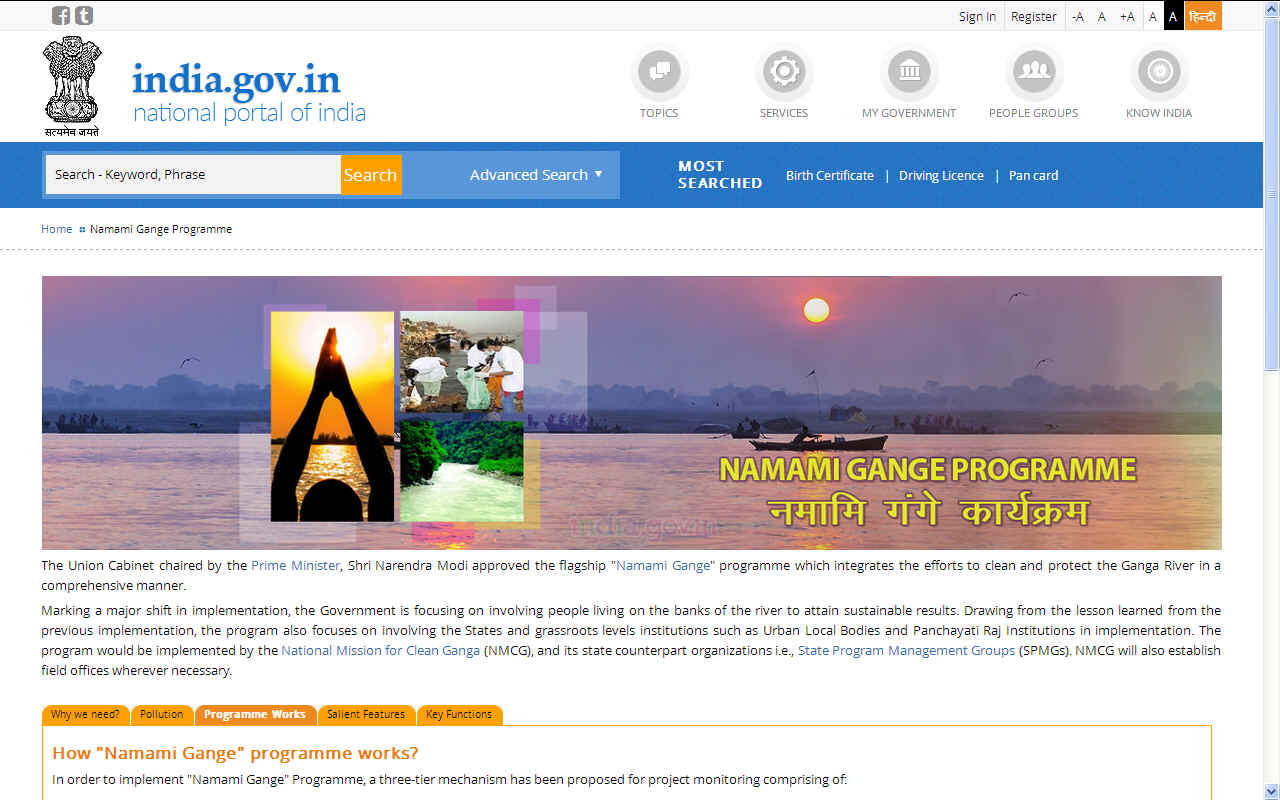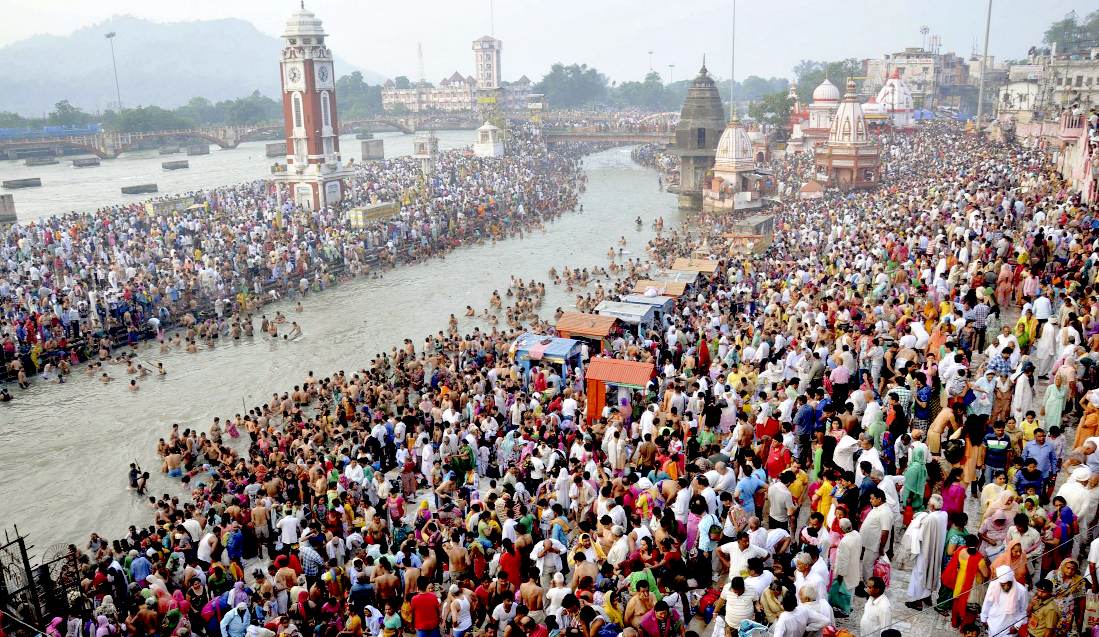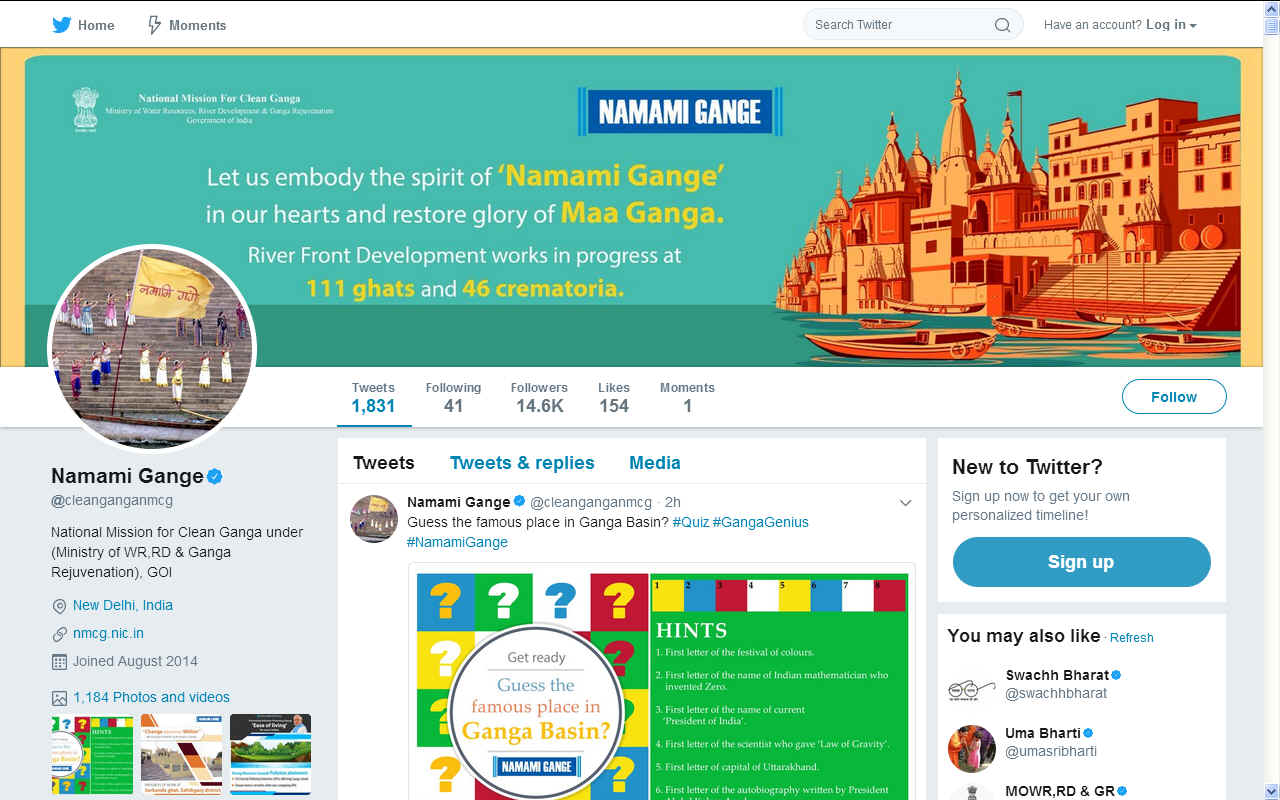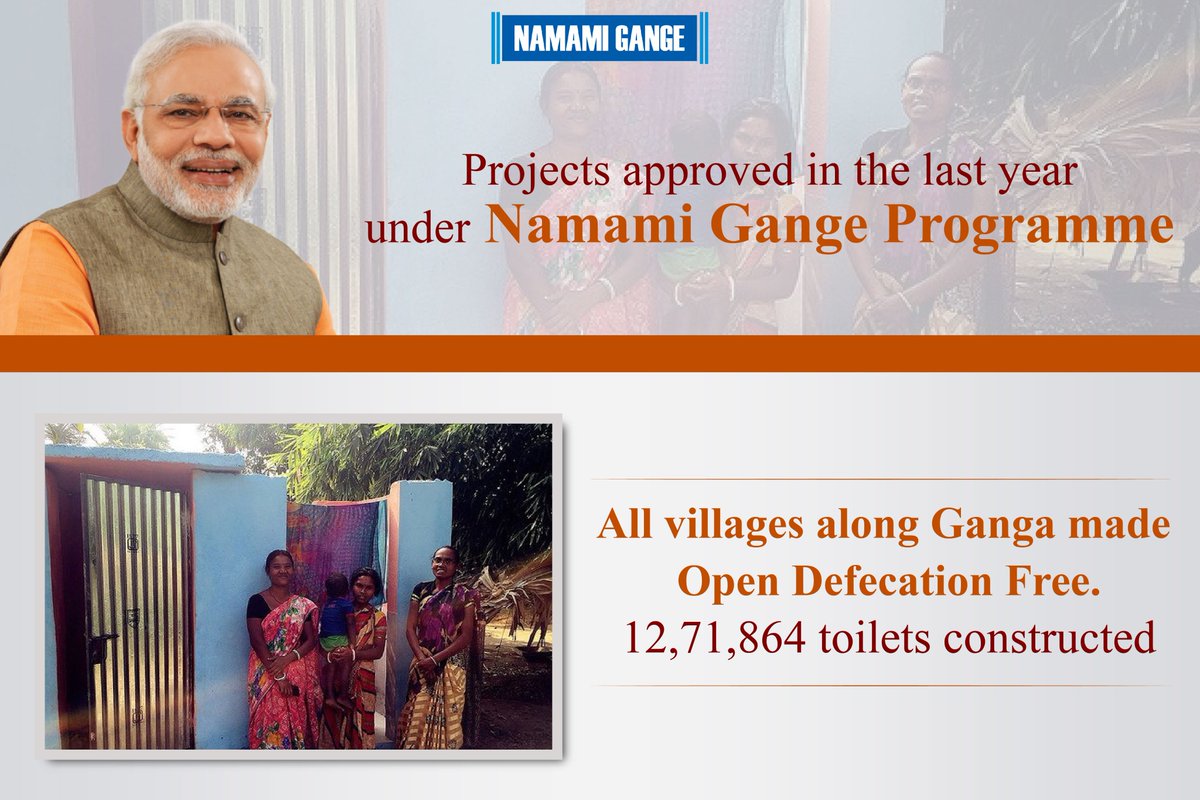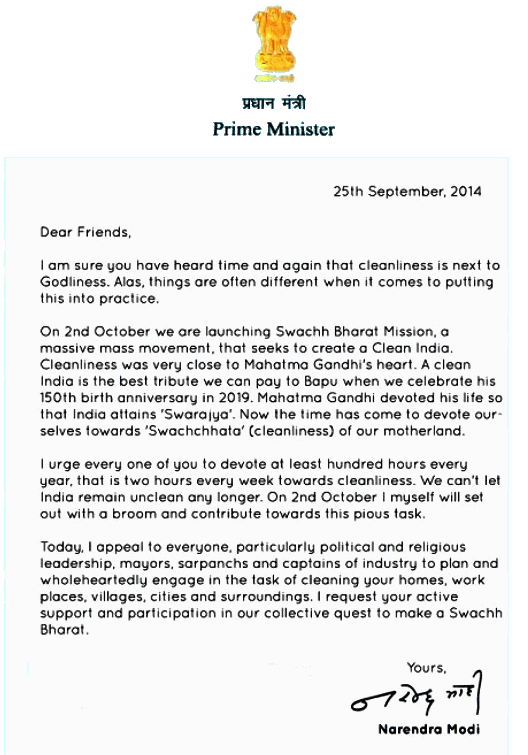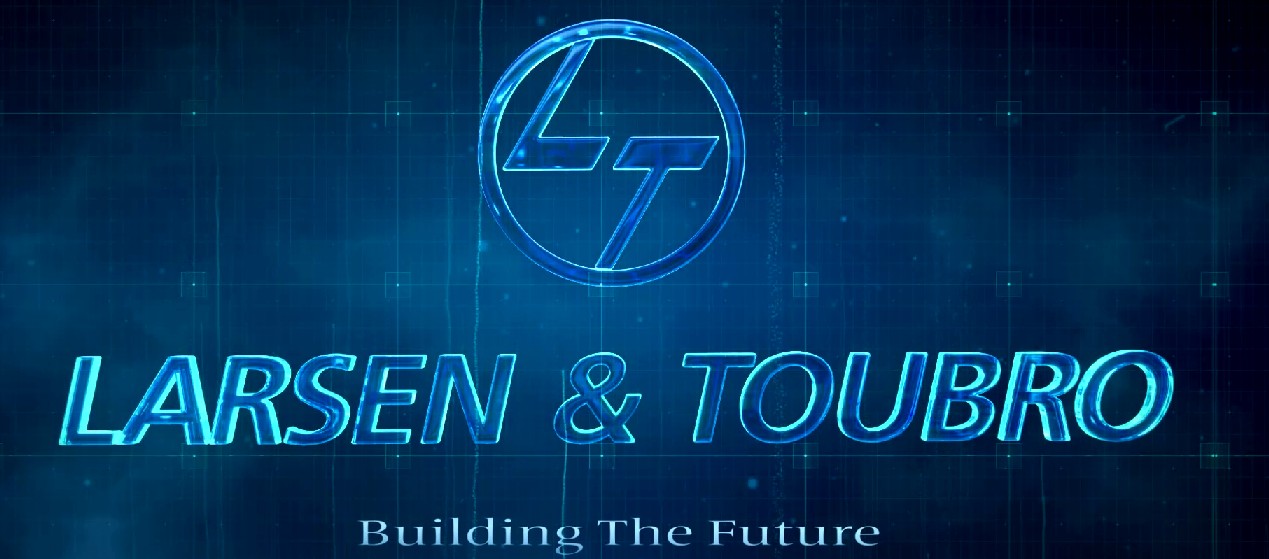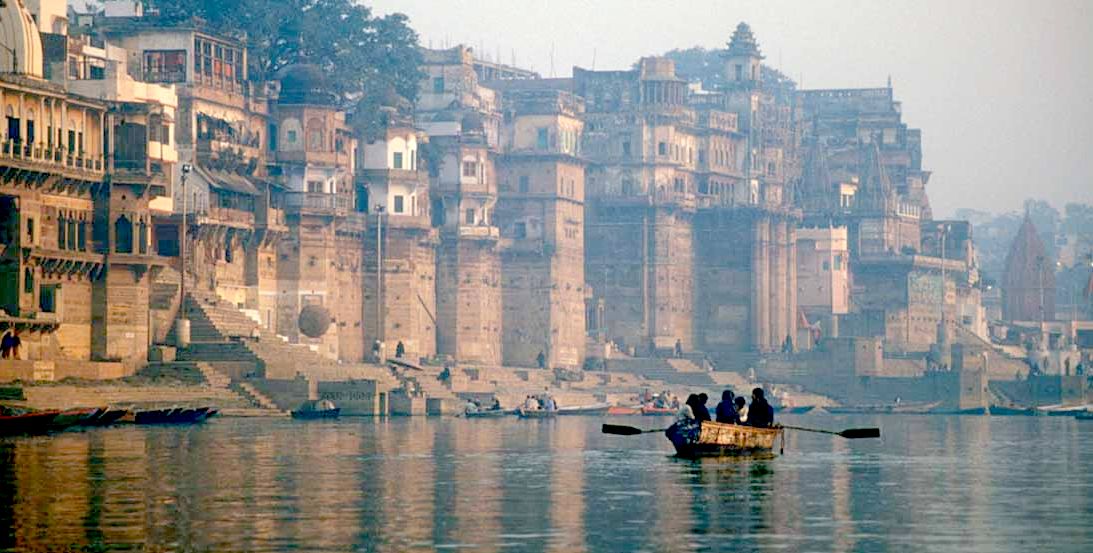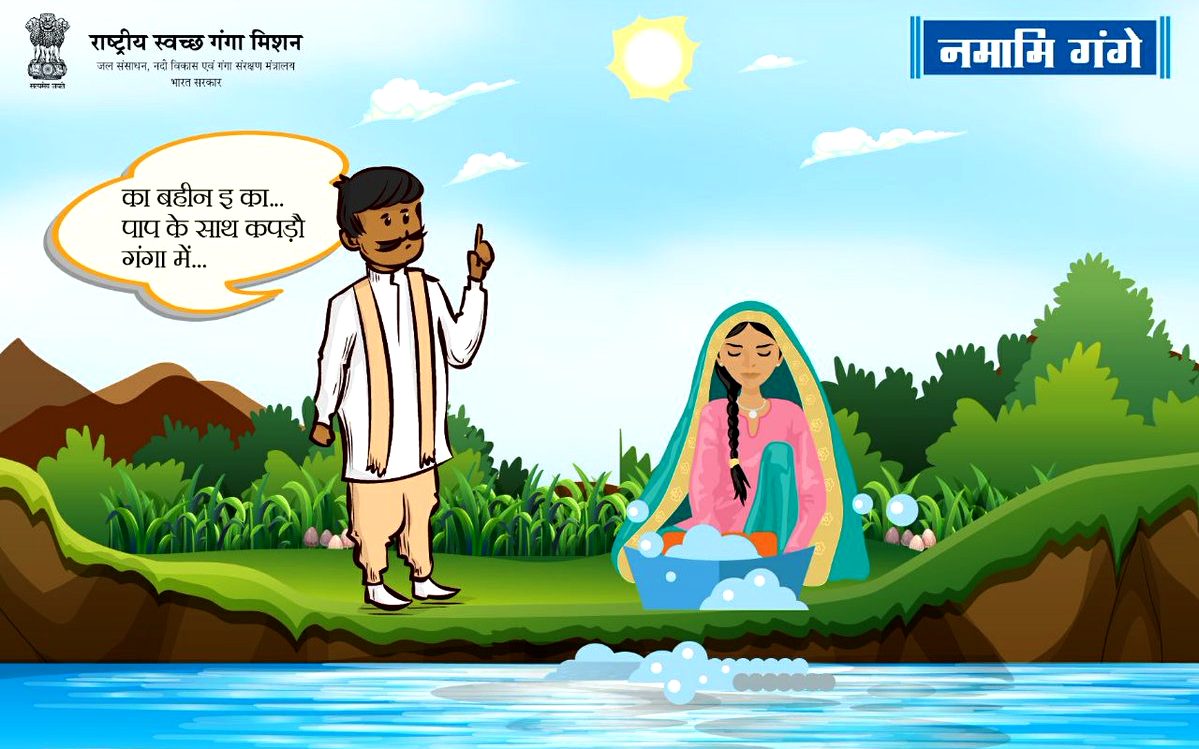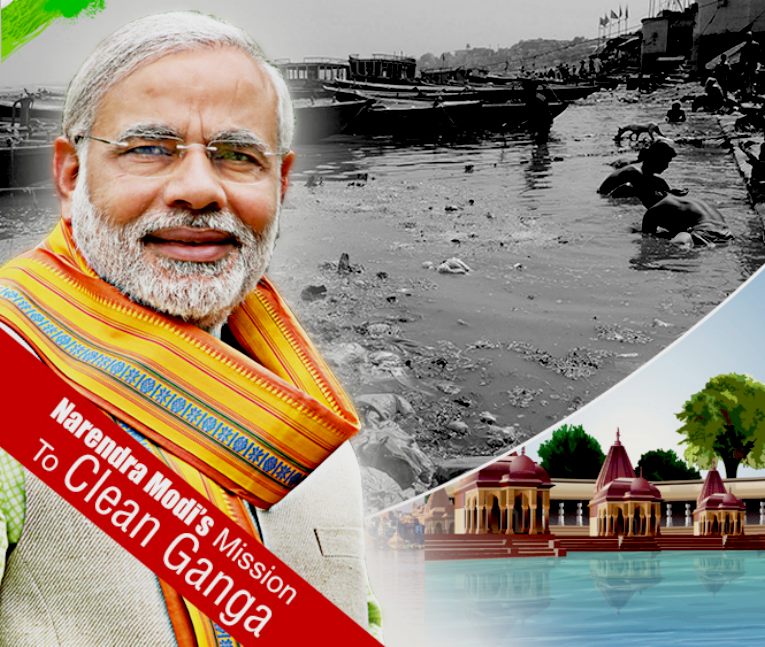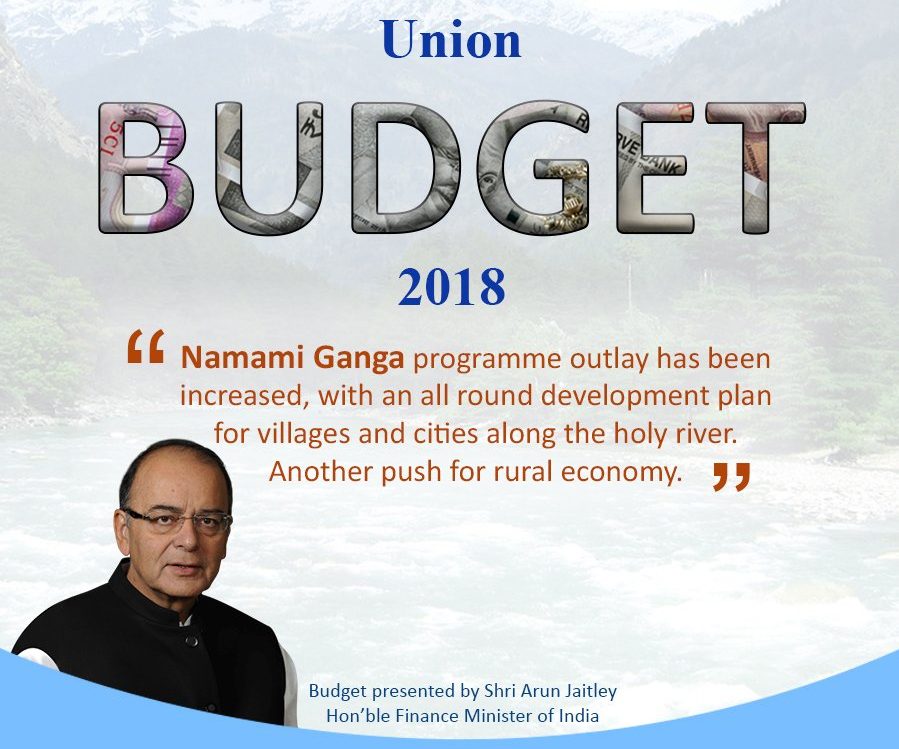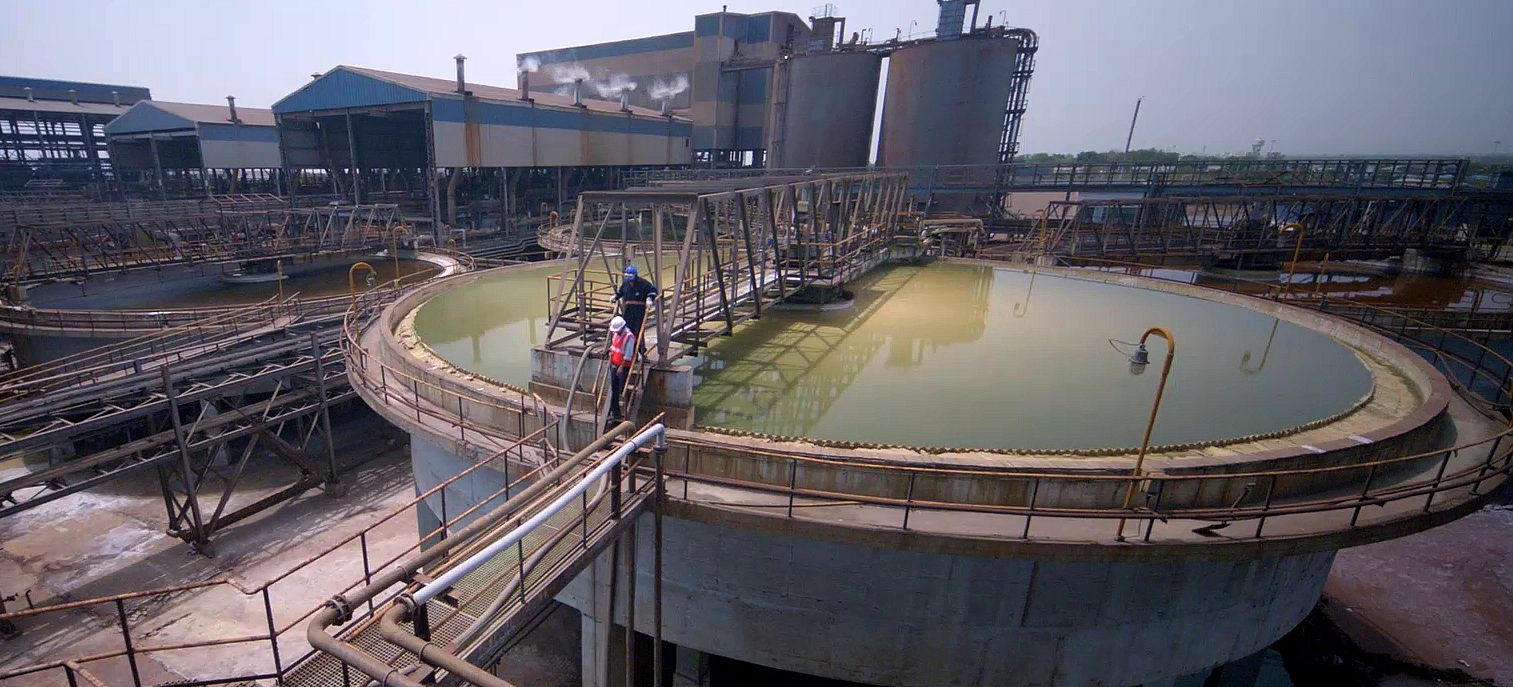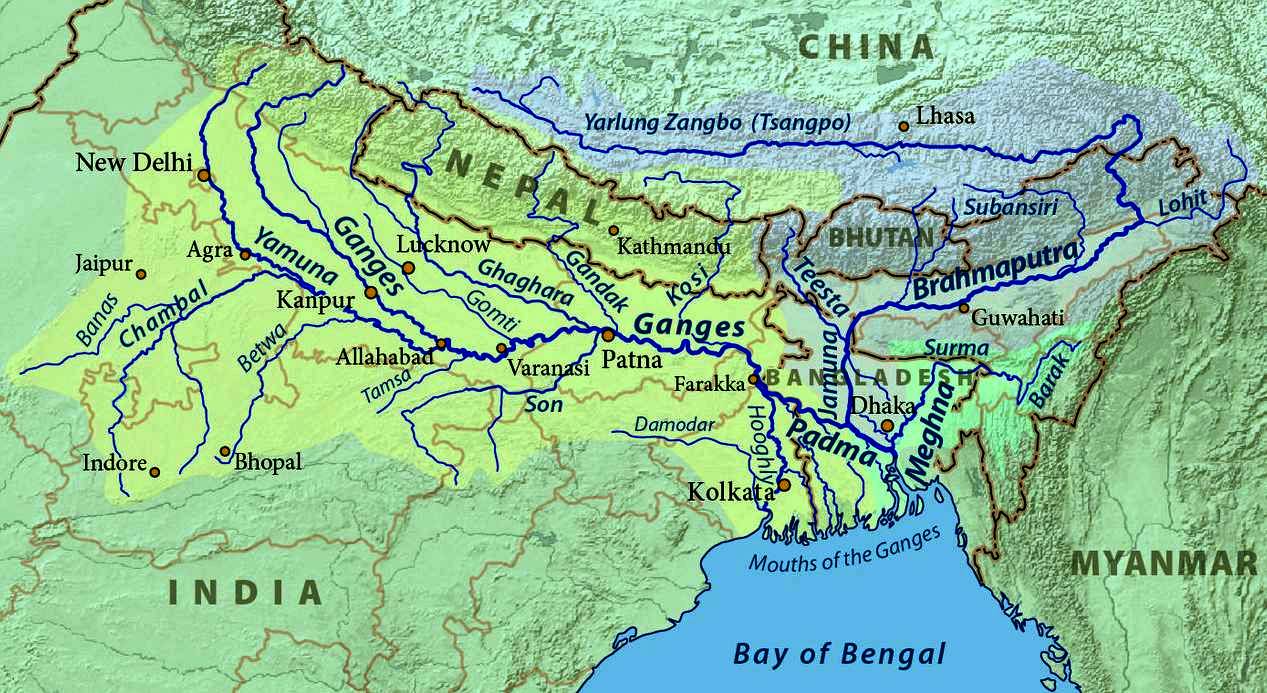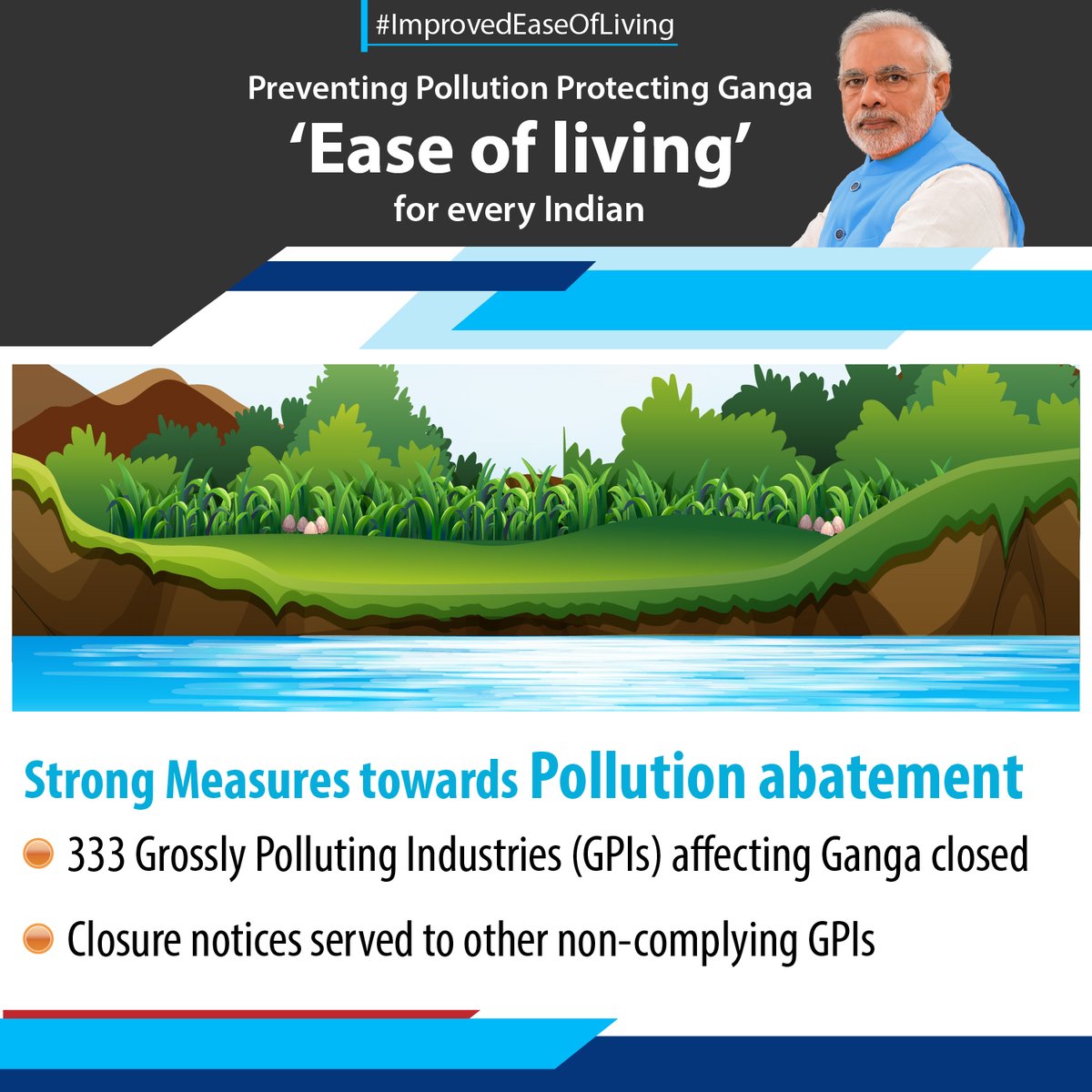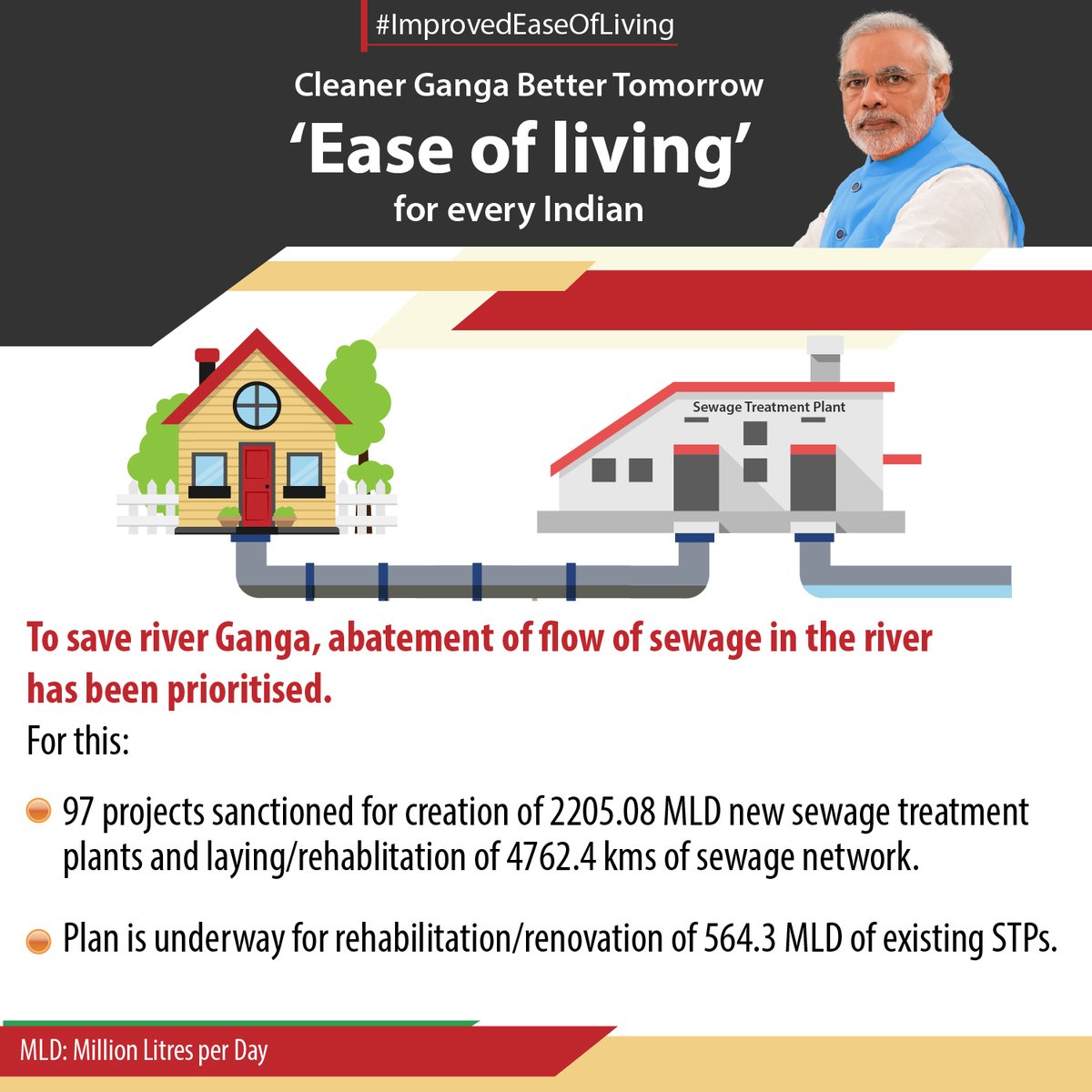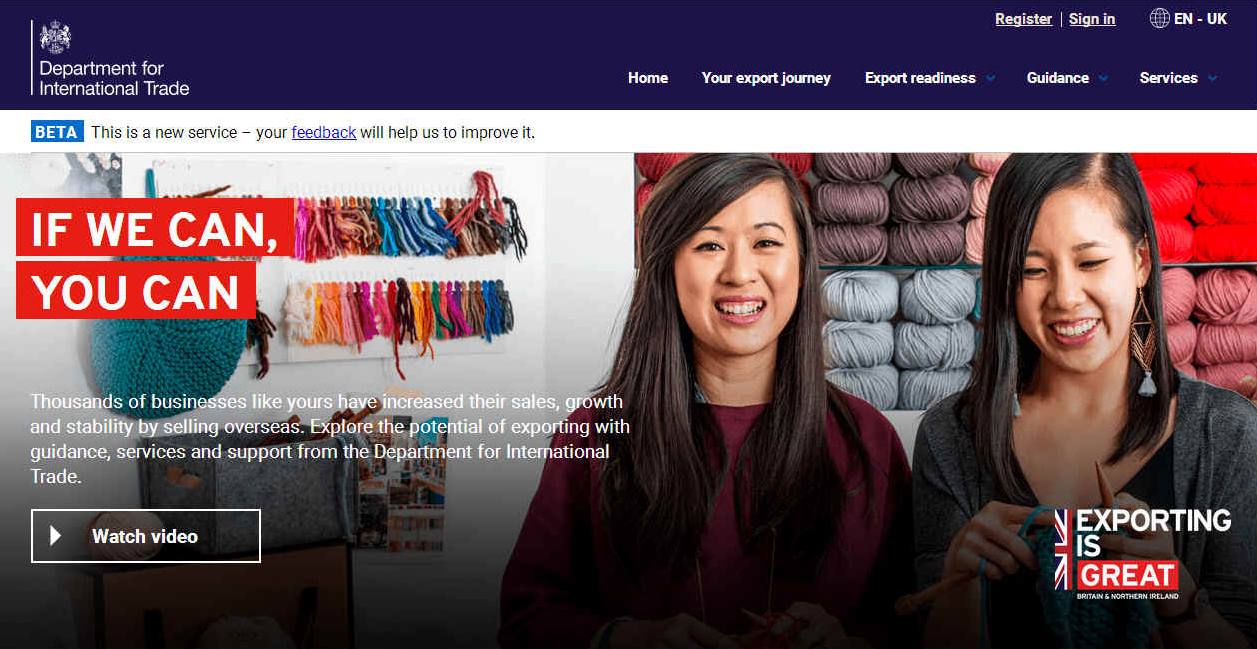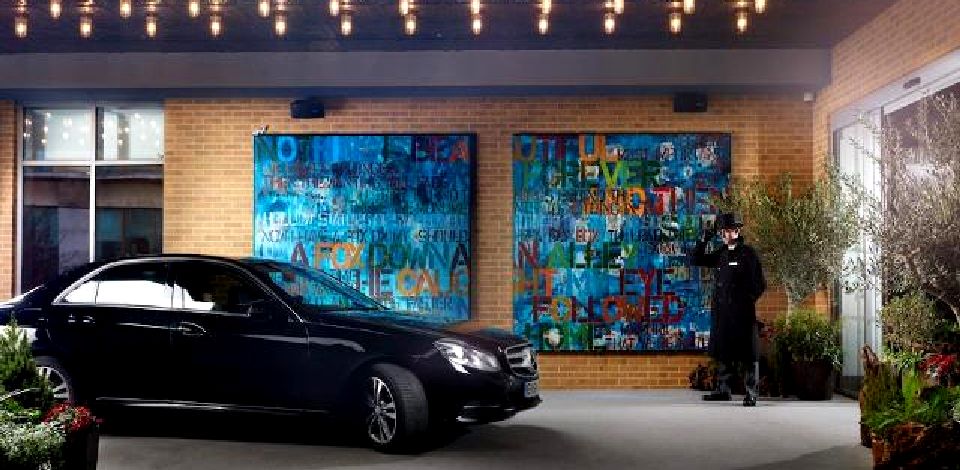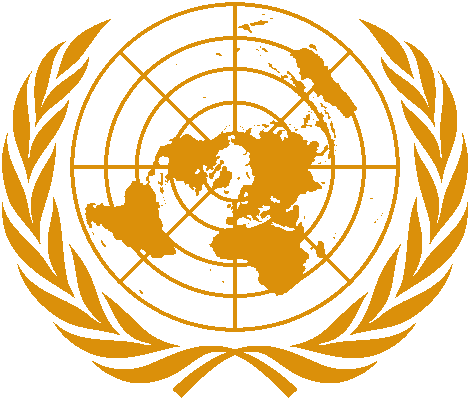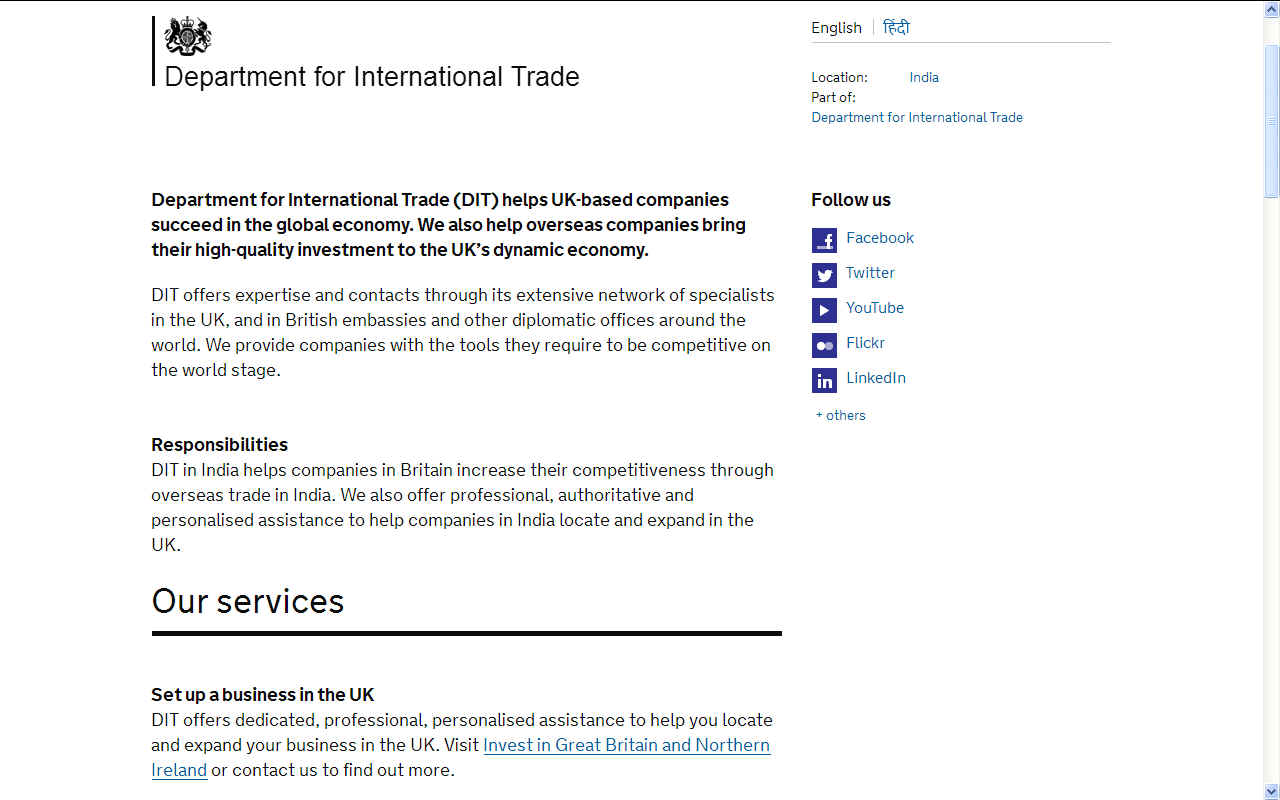|
INDIA RIVER GANGA - WATER CLEAN 21 FEB 2018
ABOUT - CONTACTS - FOUNDATION - HOME - A-Z INDEX
NAMAMI GANGE PROGRAMME - Was the subject for discussion by a group of interested parties looking at ways that UK companies might put forwards offers to help India with their Clean Ganga mission.
A group of water specialist companies and experts met in the city of London at the Hilton Bankside Hotel to discuss possible ways of assisting with the Clean Ganga National Mission. Many of those attending had experience of supplying either services, parts or materials.
While it was not possible to nail down specifics in a two and a half hour session, many of the concerns of those present were aired in brief with a general consensus as to possible ways of improving security for those entertaining bidding for contracts, etc.
Doing business in India by way of supply is not as straightforward as it would at first appear, compared to purchasing goods or services from India. For some it might be to burdensome to consider if it is that one might have to multiply negotiations by the States involved. Ignoring the difficulties of the written and spoken language, one might suppose that if the Government may want to achieve an objective, needing to engage the services of outside contractors, that they would simply seek to agree a price with the supplier(s) and sign an agreement as to the services to be supplied.
Then the matter of tenders comes into play and the bargaining begins with the Government wanting high quality work for low quality rewards, leading to cut corners. This is, or was the Indian way or indeed the way of any country, though now Quality of Procurement and satisfaction on completion is becoming more of a lead issue in construction projects such as airports.
For the Clean Ganga project we are looking for the most part at Civil Engineering in the form of water treatment ranging from human effluent to all manner of industrial and household waste that is (or was) being dumped in the rivers that join the Ganges to exit via several mouths into the Bay of Bengal and thence to pollute the Indian Ocean.
Other potential issues are that the Ganga runs through 5 States, with 118 cities and 1657 villages directly in the mix, not including some 4,000 more localities that have now been declared 'open-defecation' free already but, presumably, need to be taken a stage further with sewage treatment. Pushing the common aim is not always the local agenda, requiring considerable coordinating efforts on the part of Central Government. It does though appear that former apathy has been replaced by a more dynamic administration with elevated ambition.
The UK and many other European countries have similar problems keeping their rivers clean against a constantly moving body of water and changing conditions. Less than 100 years ago such rivers were toxic until treatment plants came online and then the health of these rivers began to change, but even today you cannot swim the length of the Thames, for example, without contracting sometimes fatal viruses as David Walliams discovered during his swim for charity, with (E-coli) Thames Tummy the result of bacteria and other pathogens - where in some stretches of this river more than 50% of the water has been pumped in from sewage treatment plants.
ADMINISTRATIVE BURDENS
If a company has to deal with five States on an individual basis it would need the administrative muscle for such endeavour common to multinationals. But what if that company is a Small Enterprise (SME) without the capacity to engage an army of administrators and representatives.
What if the small enterprise is an R&D concern that operates on a not-for-profit basis in a specialist area and does not have a budget to sweeten deals in traditional manner, but is more concerned with carrying out the necessary work to develop sustainable cleanup technology of the future, to be able to help countries like India with their river and ocean cleaning priorities. Clearly, SMEs of this ilk could not contemplate helping with the Clean Ganga mission.
These many factors combine to make working with India on the Namami Gange project unattractive and more of a wishful distraction than a real source of collaborative research and/or funding as part of a mutual agenda for long term cleanliness. That said should India streamline their communications and simplify the contracts procedure, they are sure to attract more interest from smaller concerns and charities in helping an independent India achieve their Circular Economy ambitions.
SEAVAX & RIVERVAX DEVELOPMENT COLLABORATION
Where surface skimmers are presently being used to collect trash and flora that is choking the Ganga, the Cleaner Ocean Foundation would be more than willing to do what they can to help such noble enterprise in the right circumstances with solid commitment to back up the stated aspirations.
India already has tremendous manufacturing capabilities with giants like Tata and Larsen & Toubro to name just two. Should the Government wish to sustain the momentum of their clean up agenda aiming for long-term success into the next millennium and beyond, it might benefit such objectives if there were incentives for other countries to help develop technology for river cleaning.
Production of progressive developments could become a boost to the local economy, if the manufacturing of dedicated technology were to take place in India, rather than importing less than state of the art technology that relies on fossil fuels for a short term impact, given that it is better to do something now - rather than nothing as in years gone by - but that it is also better to steer toward a more efficient future with a clear Action Plan.
RiverVax™ offers the potential for sustainable cleaning and intelligent monitoring, with technology that can be applied to ocean cleaning in connection with Blue Growth and Food Security.
The Cleaner Ocean Foundation would be willing to grant manufacturing rights to a high capacity corporation in relation to RiverVax™ and SeaVax™ craft in return for development assistance in the R&D stages.
GUARANTEE SCHEME
Where even major contractors have experienced unsatisfactory settlement of invoices for agreed works, India may benefit from the formal setup of a payment guarantee scheme. This might be applicable to Ganga projects where delays in payment might cause significant financial distress to smaller organizations leading to insolvency and collapse of research programmes in particular - that would undermine forward progress.
Such scenarios are of course counter productive to the longer-term aims of first cleaning and then keeping clean a river as magnificent as Mother Ganga. Short term financial gains for individuals from short-changing suppliers and non-payments of agreed sums may please those in the chain only interested in profit margins and personal gain in the short-term, but such factors cloud the confidence of SMEs in seeking to help India with their programme, also putting off future investors who are looking for reliable partnerships. What is needed in such circumstances is centralized backing and complete transparency relating to international payments for services rendered.
REBRANDING & IMPETUS
In 2014 the Clean Ganga project was renamed NAMAMI GANGE. Under the lead of Narendra Modi the quest begun many years ago by Mahatma Gandhi is finally seeing major progress in the installation of sewage treatment plants and the closure of many seriously polluting industries.
Eleven diesel powered surface trash skimmers have been deployed to sweep up river debris, running with a campaign to educate farmers and villagers as to careful disposal of waste water and chemicals. All in all it is a wonderful effort with tangible progress a measure of the levels of funding and the determination of the Prime Minister, with $3 Billion pledged over the next 5 years, that properly managed is bound to reap the rewards of a cleaner Ganga river. You can see from the sample of posters of various projects how this is being achieved.
DISCUSSION
AGENDA
- Wednesday February 21st - 3:00 - 5:30pm
OPEN LETTER SEPTEMBER 2014 - Prime Minister Narendra Modi launched the Swachh Bharat Mission in October 2014. He calls on political, religious and industrial leaders to engage with him in the massive cleanup task ahead. We share his vision in spirit. Swachh Bharat mission was renamed Namami Ganga soon after.
The Union Cabinet chaired by the Prime Minister, Shri Narendra Modi approved the flagship "Namami Gange" programme in 2014 which integrates the efforts to clean and protect the Ganga River in a comprehensive manner.
Marking a major shift in implementation, the Government is focusing on involving people living on the banks of the river to attain sustainable results via awareness innitiatives. Drawing from the lesson learned from the previous implementation, the program also focuses on involving the States and grassroots levels institutions such as Urban Local Bodies and Panchayati Raj Institutions in implementation. The program would be implemented by the National Mission for Clean Ganga (NMCG), and its state counterpart organizations i.e., State Program Management Groups (SPMGs). NMCG will also establish field offices wherever necessary.
FEATURES OF THE "NAMAMI GANGE" PROGRAMME
Over 1,632-gram panchayats on the banks of Ganga are to be made 'open-defecation-free' by 2022. Several ministries are working with nodal Water Resources Ministry for this project includes - Environment, Urban Development, Shipping, Tourism and Rural Development Ministries. The prime focus will be on involving people living on the river's banks in this project.
Under the aegis of National Mission for Clean Ganga (NMCG) & State Program Management Groups (SPMGs) States and Urban Local Bodies and Panchayati Raj institutions will be involved in this project.
This includes the setting up of river-centric urban planning processes to facilitate better citizen connects, through interventions at Ghats and Riverfronts and expansion of coverage of sewerage infrastructure in 118 urban habitations on banks of Ganga.
VARANASI - Some of the most polluted water is upstream of Varanasi from Kannauj east. The sacred river Ganga is the largest river, extending over the states of Uttarakhand, Uttar Pradesh, Haryana, Himachal Pradesh, Delhi, Bihar, Jharkhand, Rajasthan, Madhya Pradesh, Chhattisgarh and West Bengal. The Ganga basin is densely populated with 37 per cent of India's population living in the region. Millions of Indians depend on this great river for physical and spiritual sustenance. People have immense faith in the powers of healing and regeneration of the Ganga. The River plays a vital role in religious ceremonies and rituals. To bathe in Ganga is a lifelong ambition of many who congregate in large numbers for festivals such as Kumbh Mela and numerous Snan (bath) festivals. About 47 per cent of the total irrigated area in India is located in the Ganga basin alone.
LONDON HILTON EVENT CONTACTS
Sophia Lacey
HOW
THE "NAMAMI GANGE" PROGRAMME WORKS
SHRI
NARENDRA MODI -
On 26th May 2014 Narendra Modi took oath as the Prime Minister of India, becoming the first ever PM to be born after India attained Independence. Dynamic, dedicated and determined, Narendra Modi reflects the aspiration and hope of over a billion Indians.
Through innovative ideas and initiatives, the Government has ensured that the wheels of progress move at rapid pace and the fruits of development reach every citizen. Governance has become open, easier and transparent. Contact Details:
Prime Minister's Office
GEOGRAPHY - Map of the Ganges/Brahmaputra basin, a massive complex of rivers that drain India, Bangladesh and China surface water into the Bay of Bengal, unfortunately, transporting millions of gallons of untreated toxic waste into the Indian Ocean. The Ganges is navigable for approximately 1,450 kilometers from its mouth(s) from Allahabad heading east to Patna, then Farakka to become the Padma, where it is joined by the Brahmaputra as the main distributory of the Ganges, flowing south-east until confluence with the Meghna (as one of three forming the Ganges Delta), before exit into the Bay of Bengal.
CONTACTS IN INDIA
Water is vital to all life on earth. The collection, treatment, distribution and disposal of the water that we use on land to live and for our businesses has a serious knock on effect for marine life - if the water that is fed into rivers and ocean outlets is contaminated - and it is through no fault of water supply companies.
In almost all walks of life humans rely on plastic, in many cases without even realizing it. Our clothing , goods and food packaging is plastic reliant. Every time we wash our clothes micro fibres enter the waste disposal systems that are provided by water suppliers and fed into our treatment and sewage systems, finally finding its way into our rivers and thence into the oceans. Clean rivers are thus essential as the link between human intervention and the natural marine world. We must then act responsibly in ensuring that the water cycle that cleanses and nourishes our land is not unduly infected by industrial and urban concentrations.
LONDON HILTON - Was the venue for a round table get together event in February 2018 where the Ganga clean up project was looked at with a view to seeing if and how the UK might contribute.
HILTON LONDON BANKSIDE VENUE
The Hilton London Bankside is located conveniently close to the Tate Modern, the Globe Theatre, The Shard and Borough Market.
The Hilton Bankside is a destination building in London's vibrant arts area. It is the closest five star hotel to the Tate Modern and Shakespeare's Globe attractions and pushes the brand into the next generation of hotel architecture: rooted in the characteristics, culture and heritage of its neighbourhood.
LINKS & REFERENCE
http://www.tata.com/ http://www.larsentoubro.com/ https://www.great.gov.uk/ https://ninesights.ninesigma.com/web/tata-steel-gallery http://www.pmindia.gov.in/en/pms-profile/ https://www.india.gov.in/spotlight/namami-gange-programme#tab=tab-1 https://twitter.com/cleanganganmcg https://www.gov.uk/world/organisations/department-for-international-trade-india https://www.gov.uk/world/india http://worldwatertechinnovation.com/
This website is provided on a free basis as a public information service. copyright © Cleaner Oceans Foundation Ltd (COFL) (Company No: 4674774) 2018. Solar Studios, BN271RF, United Kingdom. COFL is a charity without share capital. The names AmphiMax™, RiverVax™ and SeaVax™ are trade names used under license by COF in connection with their 'Feed The World' ocean cleaning sustainability campaign.
|
